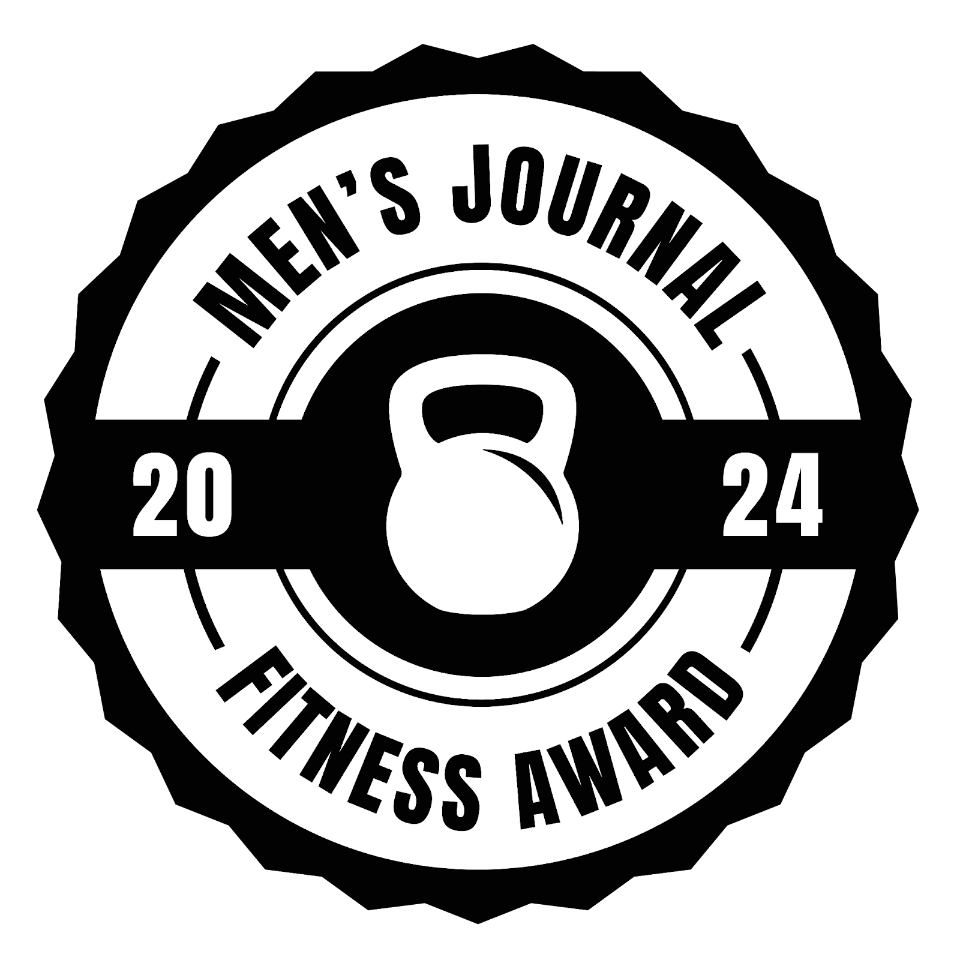Why Hydration Gets Complicated for Endurance Athletes
If you’re training for a marathon, triathlon, or another endurance event, you already know hydration matters. But knowing how to do it right is another story. Long-course athletes face a moving target: sweat rate, temperature, pace, terrain, and nutrition strategy all affect fluid balance and electrolyte needs hour by hour.
Even small hydration missteps can ripple into big performance problems. Research shows that losing just 2% of body weight from dehydration can impair endurance, cognition, and thermoregulation. In a marathon or triathlon, that threshold can sneak up faster than most athletes realize. Especially when race adrenaline blunts thirst cues.
Hydration for endurance athletes isn’t just about drinking more. It’s about drinking smarter with electrolyte hydration for endurance—matching your intake to your body’s output, adapting to race conditions, and planning strategically from training block to finish line.
The Science Behind Endurance Hydration
When it comes to sweat, water loss is only part of the story. Every drop takes electrolytes with it—primarily sodium, but also potassium, magnesium, and chloride. These minerals regulate fluid balance, nerve signaling, and muscle contraction. When they’re depleted, your body’s performance systems start to misfire.
That’s why endurance hydration must account for both fluids and electrolytes. Research from the American College of Sports Medicine (ACSM) confirms that performance and thermoregulation suffer when dehydration exceeds 2% of body weight, and that replacing electrolytes—especially sodium—helps prevent cramping and maintain plasma volume during prolonged exercise.
For athletes pushing beyond 90 minutes, sodium becomes non-negotiable. It drives fluid absorption in the small intestine and helps retain the water you drink, which is key for sustained output in long events.
Training Hydration: Building Your Baseline
Your training block is where you test, refine, and personalize your hydration plan. Generic guidelines—like “drink every 20 minutes”—are a starting point, not a finish line.
Step 1: Determine Your Sweat Rate
Sweat rate testing is the cornerstone of personalized hydration. Here’s how to do it:
-
Weigh yourself before training (light clothing, no shoes).
-
Train for 60 minutes, tracking how much fluid you drink.
-
Weigh yourself immediately after.
-
Calculate sweat loss:
-
(Pre-weight – Post-weight) + Fluid consumed = Total fluid loss
Each pound equals roughly 16 oz (≈475 mL) of fluid. If you lost 2 lbs and drank 16 oz, your total sweat loss is ~48 oz/hour.
Athletes typically lose 0.5–2.5 liters of sweat per hour, depending on temperature, pace, and body size. Knowing your number lets you build precision into every session.
Step 2: Train Your Gut: Fuel and Hydrate Together
During training, experiment with how fluids, electrolytes, and calories interact. Many endurance athletes use carbohydrate gels or chews alongside electrolyte drinks. Try different combinations early in your cycle to see how your gut responds.
And remember, not all electrolyte mixes are created equal. The most effective ones are built on proven hydration science: a precise balance of sodium and glucose that triggers the body’s sodium-glucose cotransport mechanism, speeding absorption and helping your body retain more of what you drink. That’s the science behind DripDrop, a doctor-developed electrolyte formula designed for fast, proven hydration in both training and recovery.
Step 3: Hydrate for Recovery
Post-workout hydration replaces what sweat takes out and sets up tomorrow’s training. Aim to replace 150% of fluid lost within 4–6 hours, including electrolytes to restore balance. A formula like DripDrop can help you rebound faster and start the next session hydrated.
Marathon Hydration Tips & Race Day Strategies
Race day is where planning meets precision. Every sip, every aid station, every transition counts. Here’s how to execute what you’ve practiced.
Pre-Race: Start Topped Off
Start hydrating the day before your race—especially if it’s hot or humid. Use an electrolyte mix rather than water alone to raise plasma volume and optimize sodium balance. About 60–90 minutes before the start, drink 16–20 oz of electrolyte fluid to pre-load your system.
During the Race: Balance Timing and Absorption
The sweet spot for most endurance athletes is 400–800 mL (13–27 oz) of fluid per hour, adjusted for conditions. On the run, smaller, more frequent sips (every 15–20 minutes) are more effective than large gulps.
During longer events, use an electrolyte drink that contains both sodium and glucose. This combination activates the sodium-glucose cotransport system in the small intestine, improving fluid absorption and helping maintain blood sodium levels for sustained performance.
Post-Race: Rehydrate, Don’t Overhydrate
After finishing, your body is still working to restore fluid and electrolyte balance. A smart endurance race hydration plan doesn’t end at the finish line. Sip fluids gradually over several hours instead of chugging large volumes at once. A balanced electrolyte mix replaces sodium and water efficiently, so you retain more of what you drink and recover faster.
Triathlon Hydration Strategies
Hydrating across three disciplines requires logistics as much as physiology.
Pre-Swim
Because you can’t drink in the water, pre-load 60–90 minutes before your wave starts. Include sodium to help retain fluid through the swim.
Bike Segment
The bike leg is your best chance to stay ahead. Use bottles with measured electrolyte mix and plan for one every 45–60 minutes depending on conditions. Rehearse bottle placement and grip transitions so you don’t lose rhythm.
Transition (T1/T2) Setup
Your triathlon hydration setup in the transition area is more than a gear checkpoint; it’s a critical hydration opportunity. Keep a DripDrop stick or pre-mixed bottle ready so you can top off before heading out on the run. Small, consistent refueling here prevents big slowdowns later.
Run Segment
Absorption slows when core temperature rises. Sip smaller volumes more frequently, alternating between electrolyte mix and water if available on course. Endurance athletes who use scientifically balanced electrolyte formulas tend to sustain steadier energy and avoid late-race cramping, especially in heat or humidity.
Adapting to Race Conditions: Hot vs Cool Climates
Hot Races
Heat accelerates both sweat and sodium loss. Research shows that high humidity significantly increases sweat rate and fluid loss, sometimes approaching double that of dry conditions.
-
Aim for an electrolyte mix that provides roughly 300–700 mg of sodium per 16 oz, adjusting upward in extreme heat or for heavy sweaters.
-
Begin electrolyte intake earlier—within the first 15–20 minutes.
-
Pair hydration with cooling strategies. Seek shade, airflow, or cold sponges at aid stations. Lowering core temperature helps preserve plasma volume and supports more effective hydration during prolonged efforts.
Cool or Dry Races
Thirst cues drop by up to 40% in cooler conditions, even as sweat evaporates faster. Maintain your usual electrolyte frequency but slightly reduce total fluid volume. Consistency—not overcompensation—is key.
Troubleshooting: Hydration Mistakes to Avoid on Race Day
Even experienced athletes make these errors:
-
Starting the race underhydrated. Race-week nerves and travel disrupt normal routines.
-
Relying on water alone. Dilutes sodium, raising risk of hyponatremia.
-
Skipping electrolytes during taper week. Leads to lower baseline sodium.
-
Trying new products mid-race. Stick to what you’ve trained with.
-
Ignoring weather adjustments. Cool mornings can turn hot mid-race; plan for variability.
Avoiding these mistakes is a key part of marathon and triathlon nutrition. It’s not just about fueling, but managing fluids and electrolytes so your body performs at its peak from start to finish.
Proven Hydration for Peak Endurance
This is where a balanced electrolyte formula backed by real science makes the difference. DripDrop was developed by a doctor on humanitarian missions to deliver the fastest possible hydration when it mattered most. Built on 60 years of ORS science, it uses a precise balance of sodium and glucose to activate the sodium-glucose cotransport system, a hydration shortcut that accelerates fluid absorption into the bloodstream faster than water alone.
Each serving provides 3x the electrolytes and half the sugar of leading sports drinks. It’s ideal for hydration during marathon training and helps endurance athletes stay fueled through long efforts. For lighter workouts or recovery days, DripDrop Zero Sugar offers fast, proven hydration without sugar, plus 10+ key vitamins for overall wellness.
When you’re looking for the best electrolyte drink for endurance athletes, consider DripDrop. It’s used by 90% of top professional and collegiate teams, as well as all six branches of the U.S. military. DripDrop delivers what endurance athletes need most: fast, scientifically backed hydration that tastes great.
Hydration for endurance athletes is part science, part strategy. It’s about learning your body, practicing your plan, and using tools that support performance rather than react to fatigue. When you build hydration into your training as deliberately as your intervals or nutrition, you don’t just avoid cramps or fatigue, you unlock sustained energy, sharper focus, and stronger finishes.
Discover DripDrop for endurance athletes; doctor-developed, built on proven ORS science, and trusted for the moments that demand more than water alone.
FAQ: Hydration for Endurance Athletes
How much should you drink during a marathon?
Most experts recommend 400–800 mL (13–27 oz) per hour, depending on body size, pace, and temperature. Use your sweat rate to fine-tune intake. The goal is to replace fluids without overdrinking.
What’s the best electrolyte drink for endurance athletes?
Look for a mix with at least 300–500 mg of sodium per 16 oz, plus potassium and magnesium. Drinks built on ORS science, like DripDrop, support rapid absorption through the sodium-glucose cotransport mechanism. This is essential for long events.
What are common hydration mistakes to avoid on race day?
Starting underhydrated, drinking only water, skipping electrolytes during taper, and not adjusting for weather. Each mistake can lead to cramps, fatigue, or hyponatremia.
Can you over-hydrate during endurance races?
Yes. Excess water intake without sodium can dilute blood sodium levels, causing exercise-associated hyponatremia. Balance fluids with electrolytes and drink to thirst.














